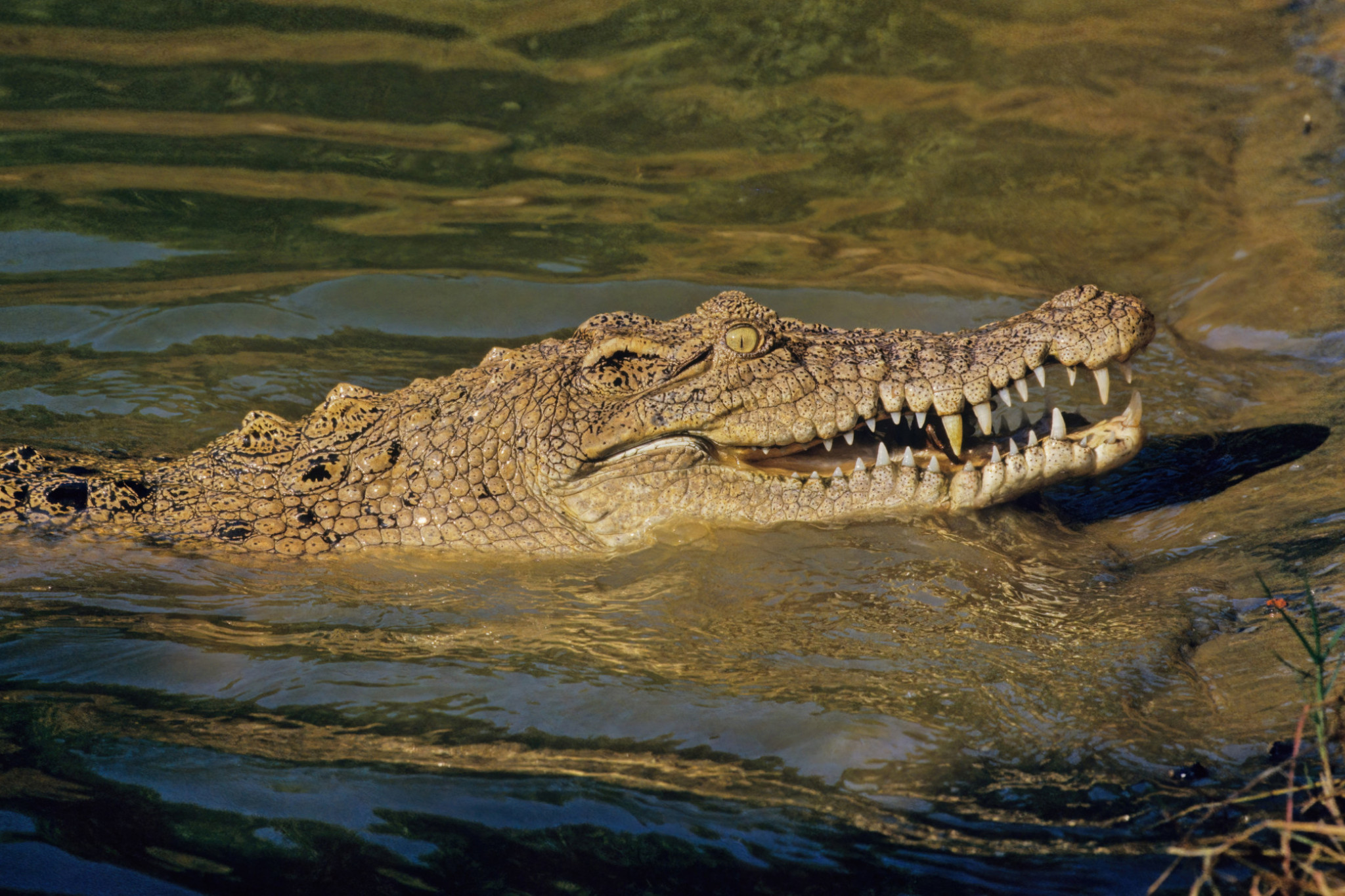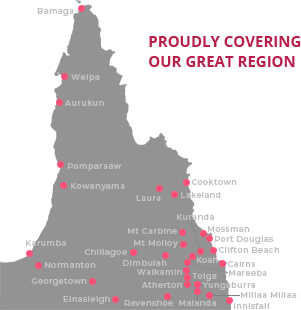On The Land
11 October, 2025
Calls to extend croc zone
FARMERS should have the right to deal with saltwater crocodiles on their properties without the risk of being fined, according to a regional growers group.

FNQ Growers is calling on the State Government to extend the Zone F crocodile removal area, which currently applies to Two Mile Creek, to include nearby stretches of the adjacent Barron and other local rivers.
Any crocodile found in Zone F is automatically targeted for removal after a sighting has been confirmed, regardless of size or behaviour, according to the Department of the Environment, Tourism, Science and Innovation.
The issue was raised earlier this year when local farmer George Adil initiated a petition in a bid to try and extend the zone.
“Presently, under current State Government legislation, there’s no grey area should a farmer, who is attending to water pumping or attending to a foot valve in a river or dam, deals with a croc,” FNQ Growers president Joe Moro said.
“Killing a crocodile could result in a fine of up to $35,000 for the farmer responsible.”
Currently, when a saltwater crocodile is sighted, the department regional office is notified and then rangers are assigned to determine the threat and situation and then develop strategies for the crocodile’s removal.
“However, as we have seen in recent times at The Two Mile Creek near Mareeba, the department was notified in January this year, and rangers made no less than 17 trips to the area over a series of months,” Mr Moro said.
“If any farmer or primary producer is facing a croc attack or reasonable threat, there needs to be a much quicker timeframe for urgent response.
“Farming production including irrigation is time relevant. Currently, there is no clear direction for those affected or possibly impacted by the presence of aggressive crocodiles, particularly saltwater crocodiles.”
Mr Moro said that anyone who used a firearm to protect themselves against an attacking crocodile also had to carry a current Queensland Firearms Licence for the firearm used and also have the firearm registered and kept in an approved gun safe.
He said that to improve safety for primary producers and others who used local waterways, the current Zone F removal area that applied to Two Mile Creek, should be extended to also include nearby stretches of the adjacent Barron and other local rivers.
“There is a considerable number of people whose properties include riparian rights to take water from stretches of the Barron River in close proximity to Two Mile Creek,” Mr Moro said.
“In 2017, it was estimated that up to 36 saltwater crocodiles were present in Two Mile Creek alone.
“An introduced species to the area, there had been no estuarine crocodiles present in the area until a commercial saltwater crocodile farm was established in an adjacent area some years ago.
“Surely property owners should be able to protect themselves and their interests without the possibility of a $35,000 fine being incurred, and in the interests of safety, the Zone F classification should be extended to included riverfront properties in adjacent areas of the Barron River.”
In State Parliament in July, Katter’s Australian Party had its Crocodile Control and Conservation Bill 2025 rebuffed by the government’s Health, Environment and Innovation Committee on the basis that one of its key aims – the establishment of crocodile-free zones where all animals would be culled or relocated – was “neither practical nor sustainable”.
But Member for Cook David Kempton has made it clear that he wants action to protect farmers.
“I will continue to advocate for a comprehensive survey of all Tableland waterways, including the Barron and Mitchell rivers and tributaries, to locate and identify all estuarine crocodiles and remove them pursuant to Zone F of the current management plan,” Mr Kempton said in August.
“I would also like to see changes to the regulations allowing landholders to be licenced (with conditions) to remove problem crocodiles where they pose an immediate threat to people, such as at irrigation pump stations.”


